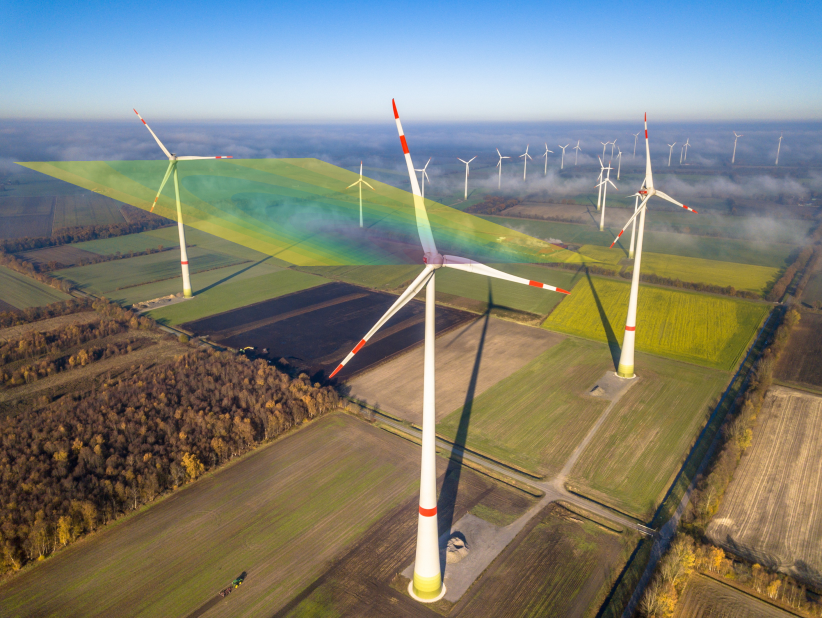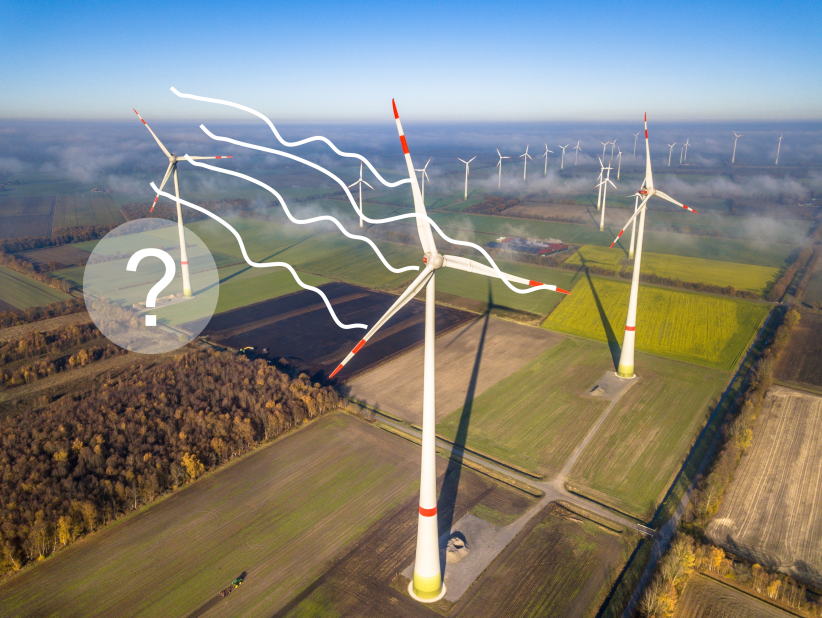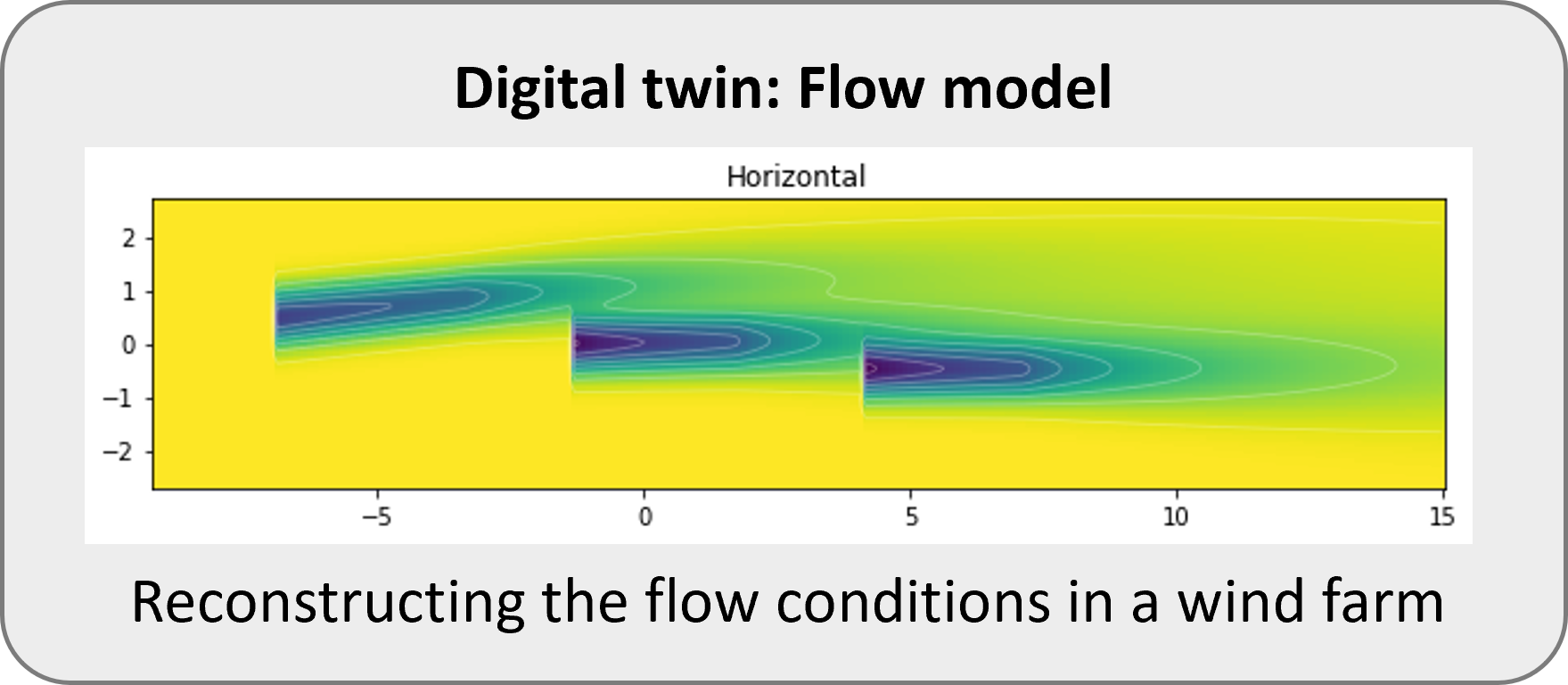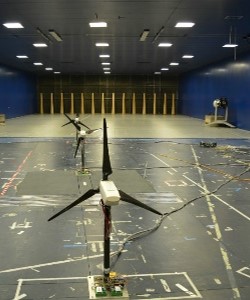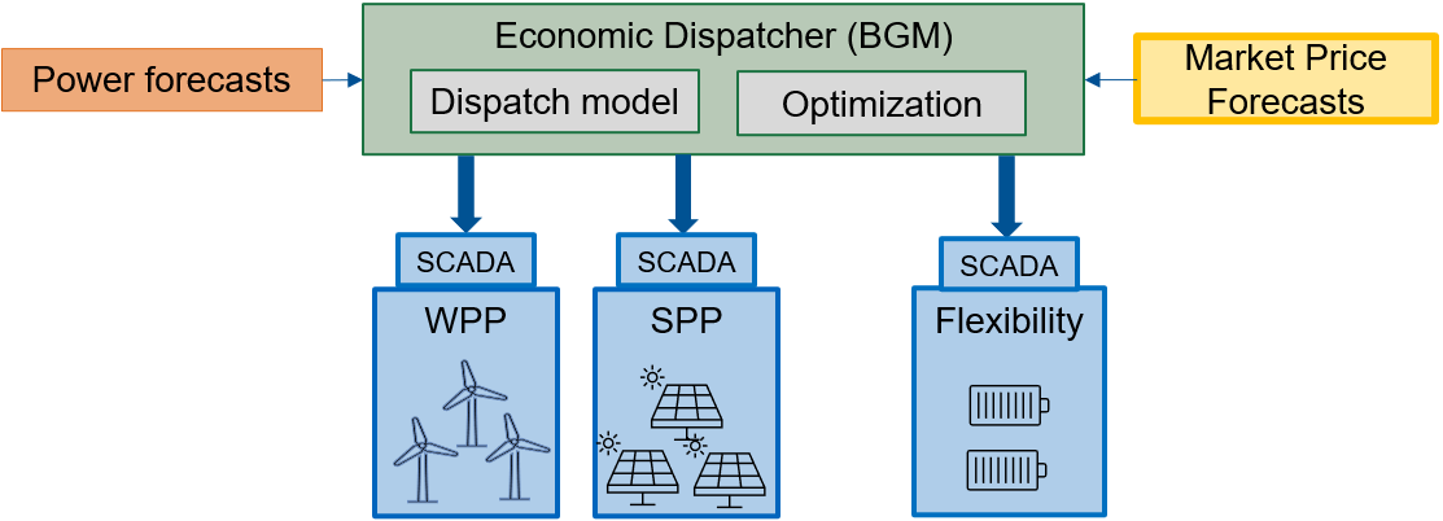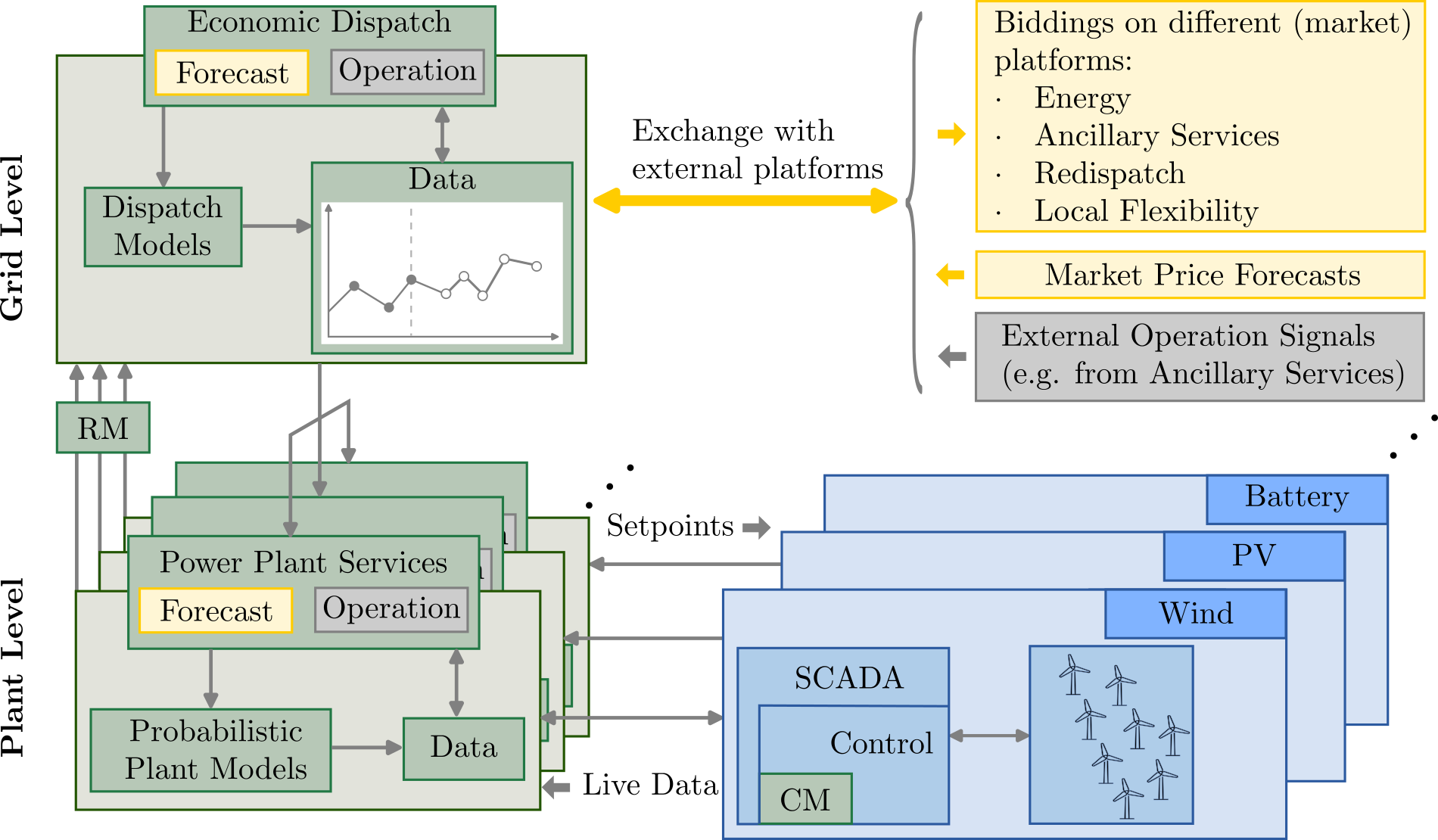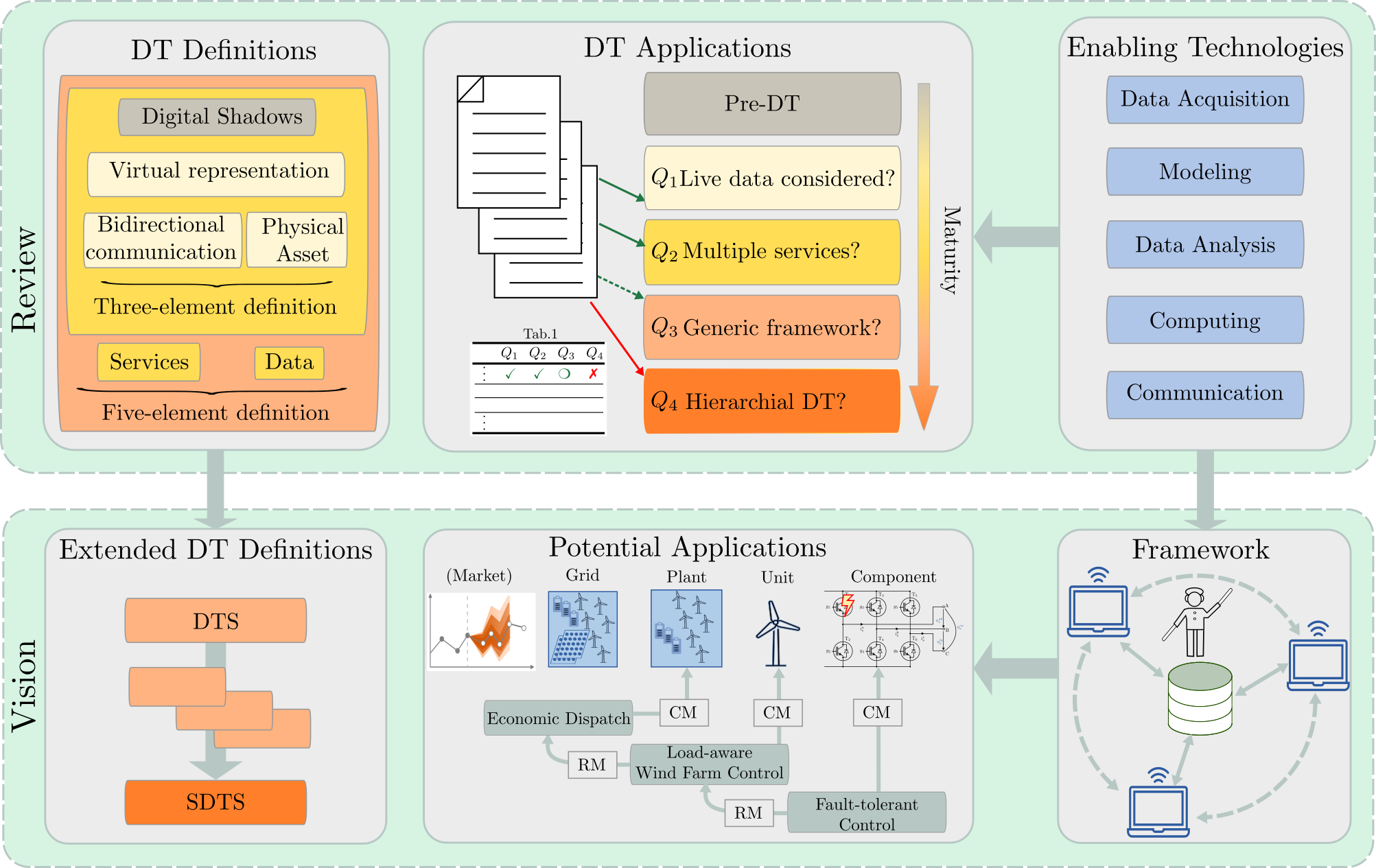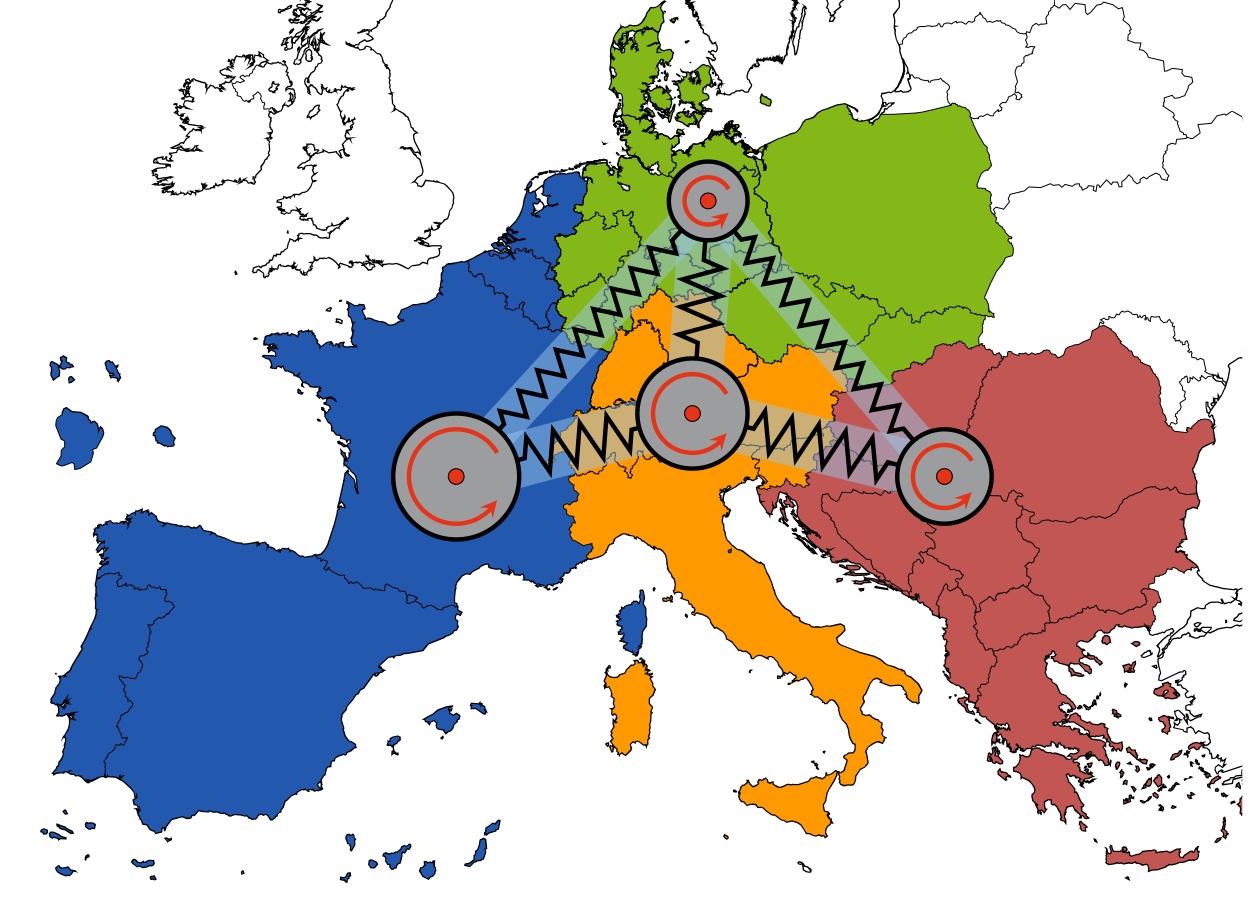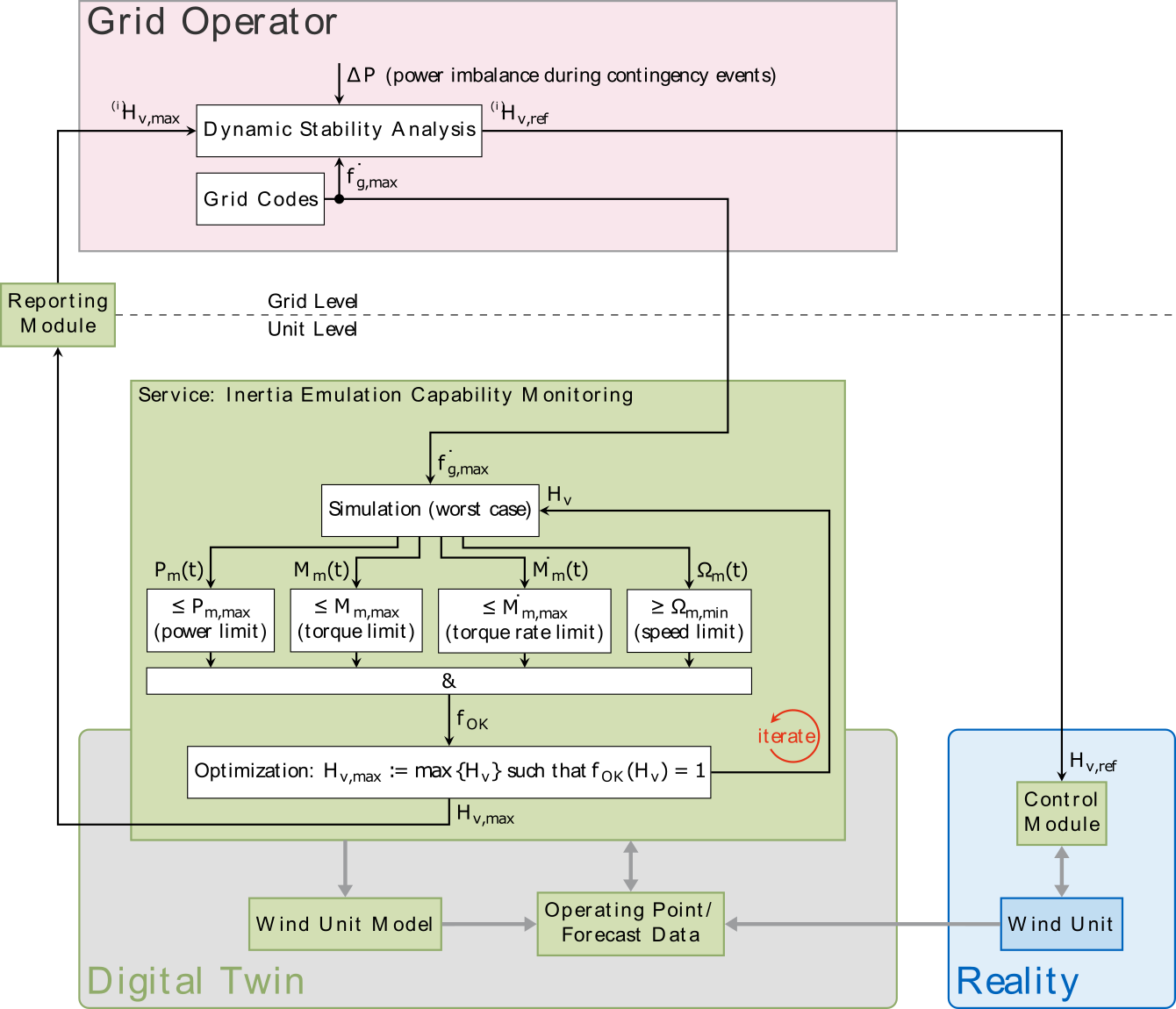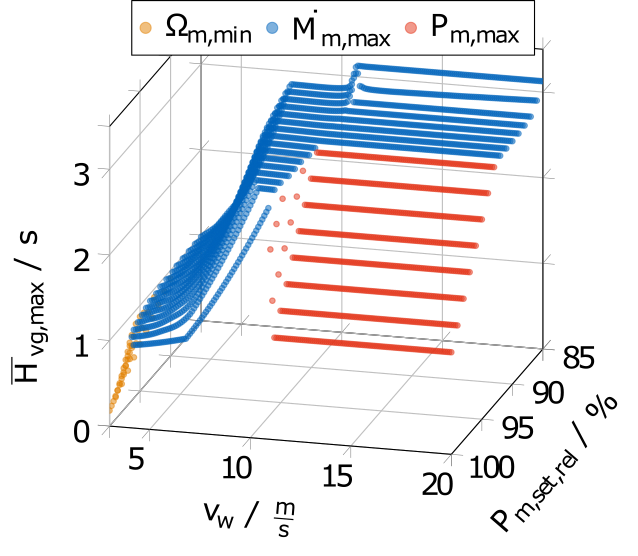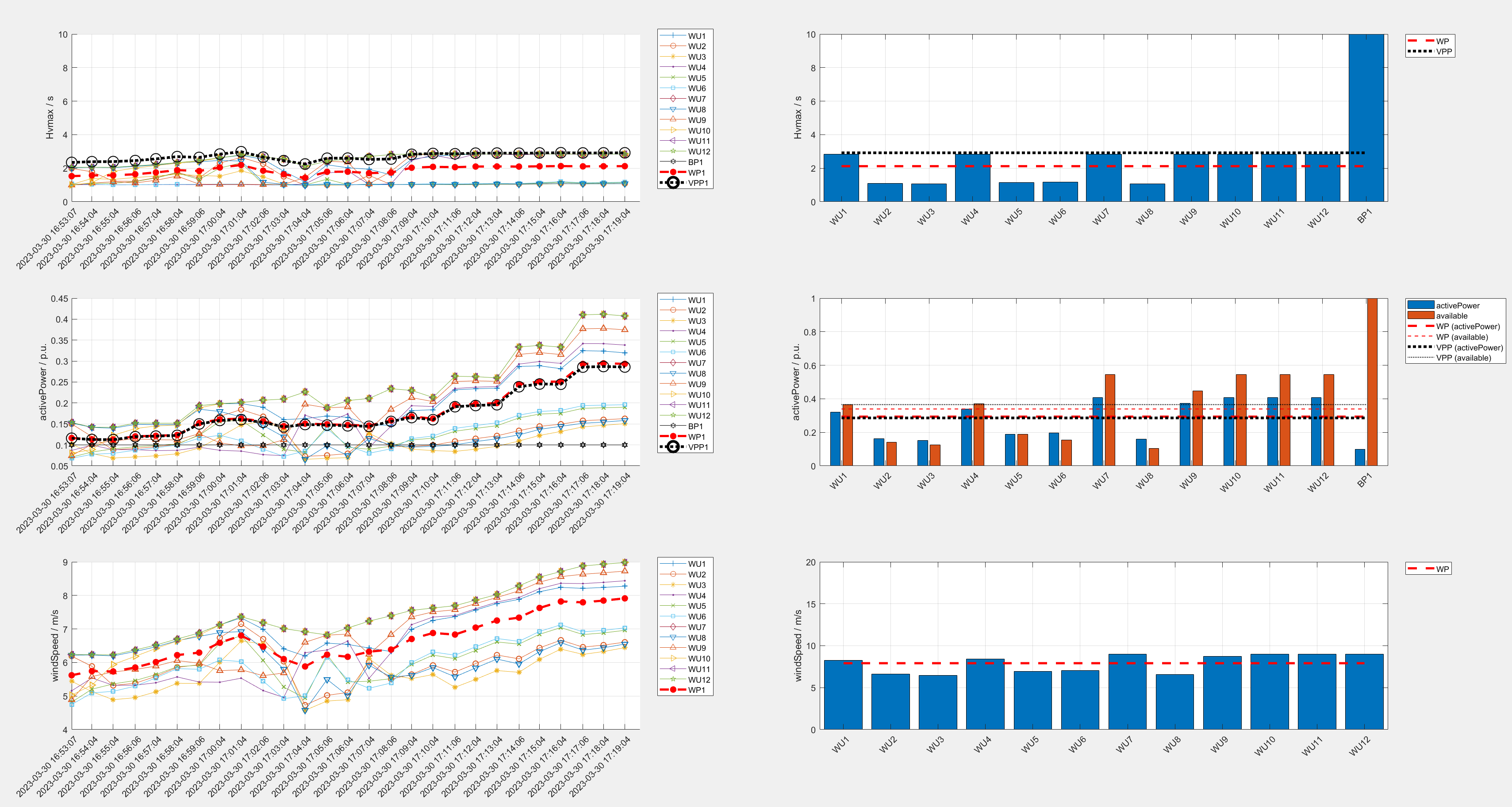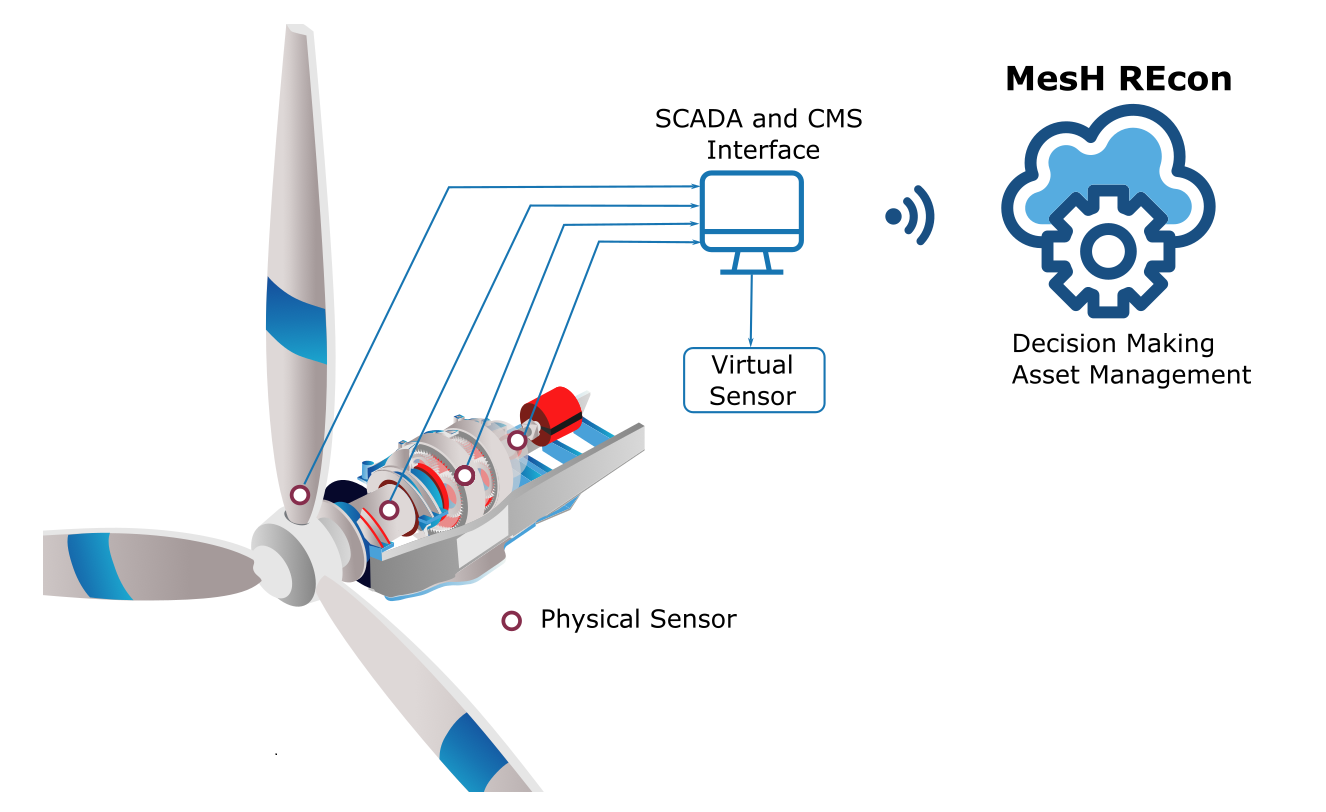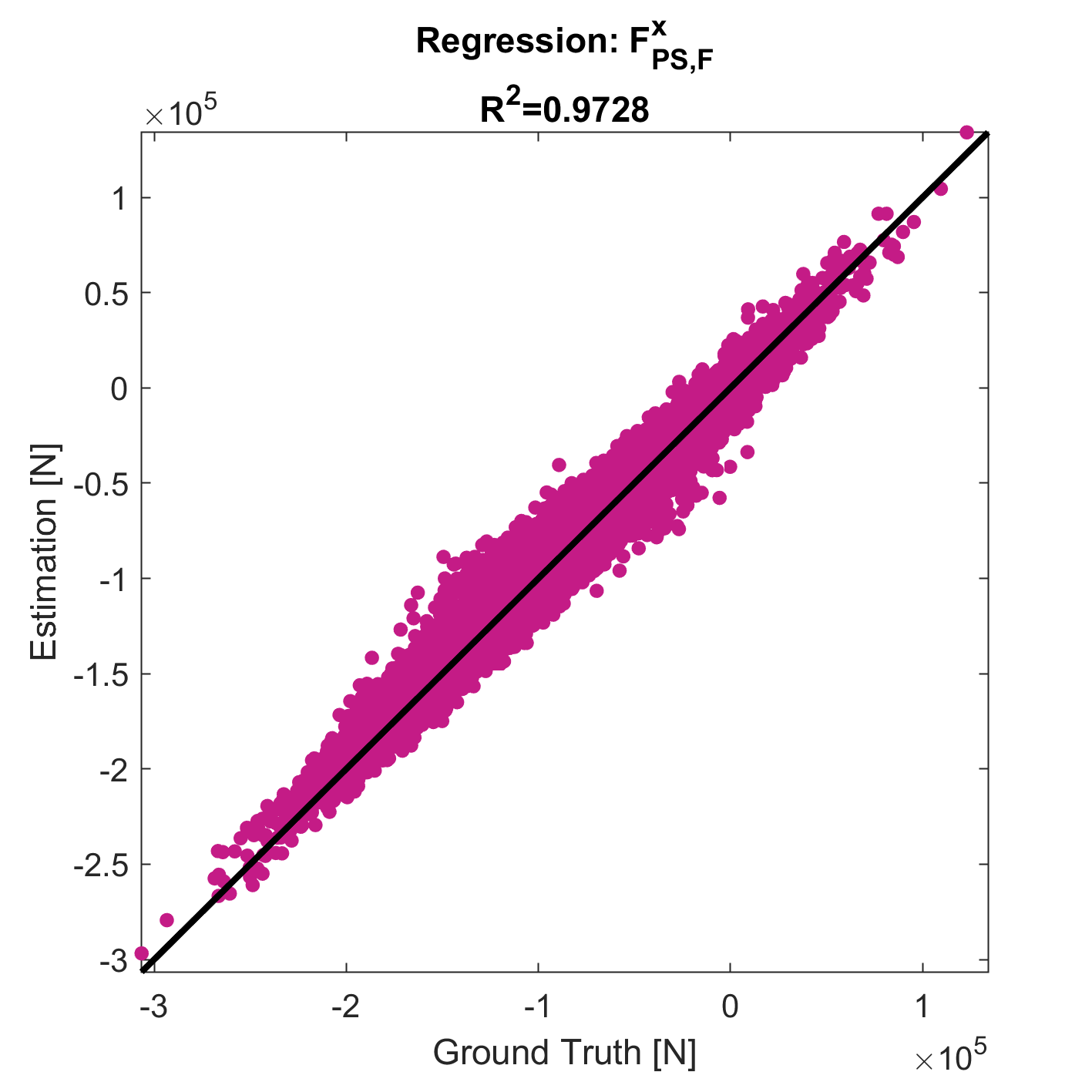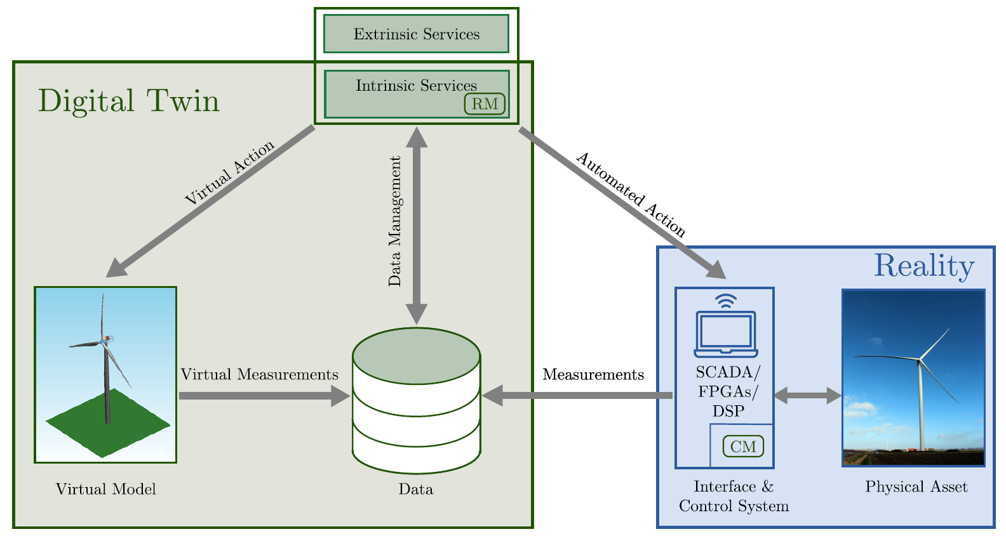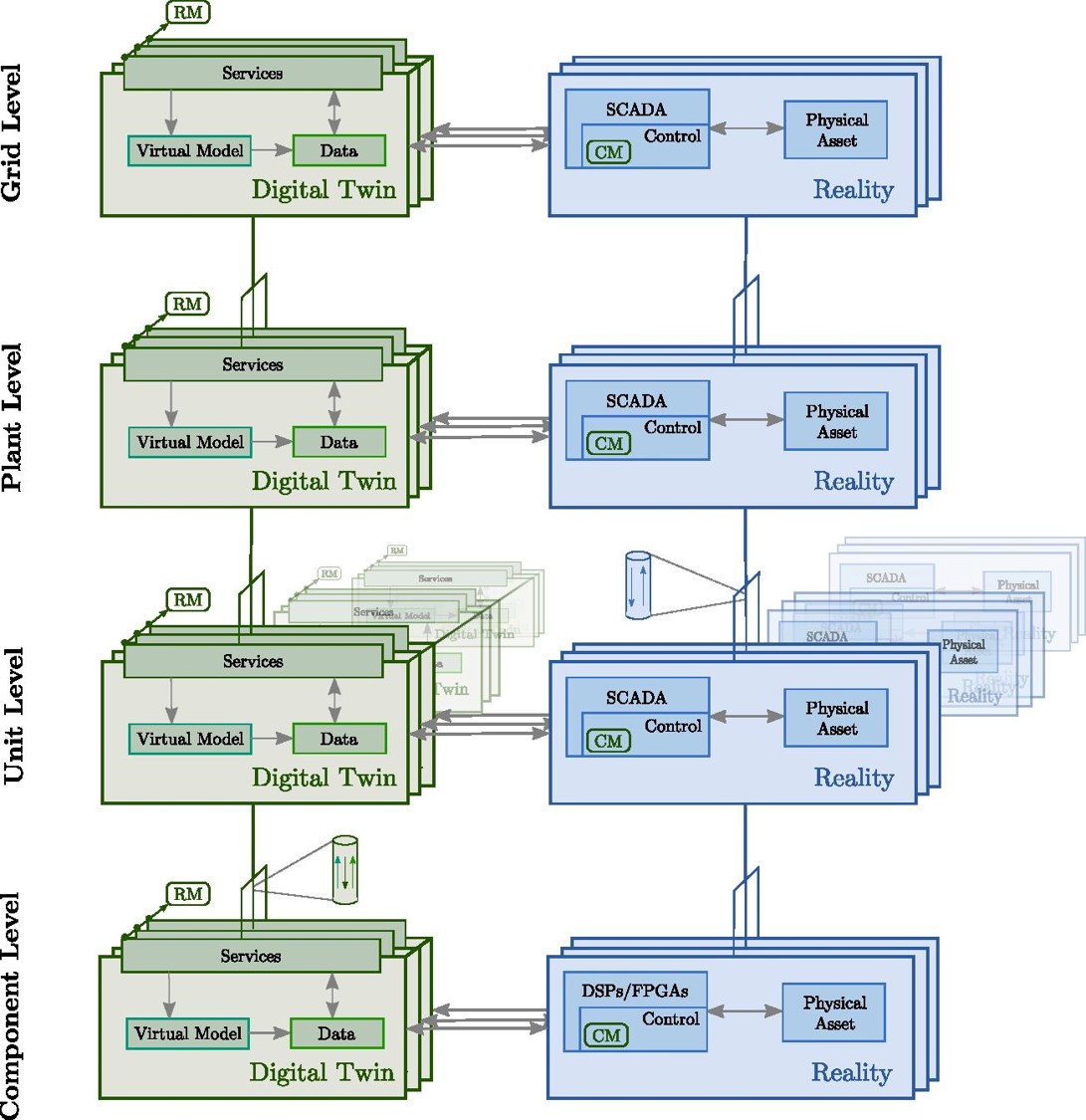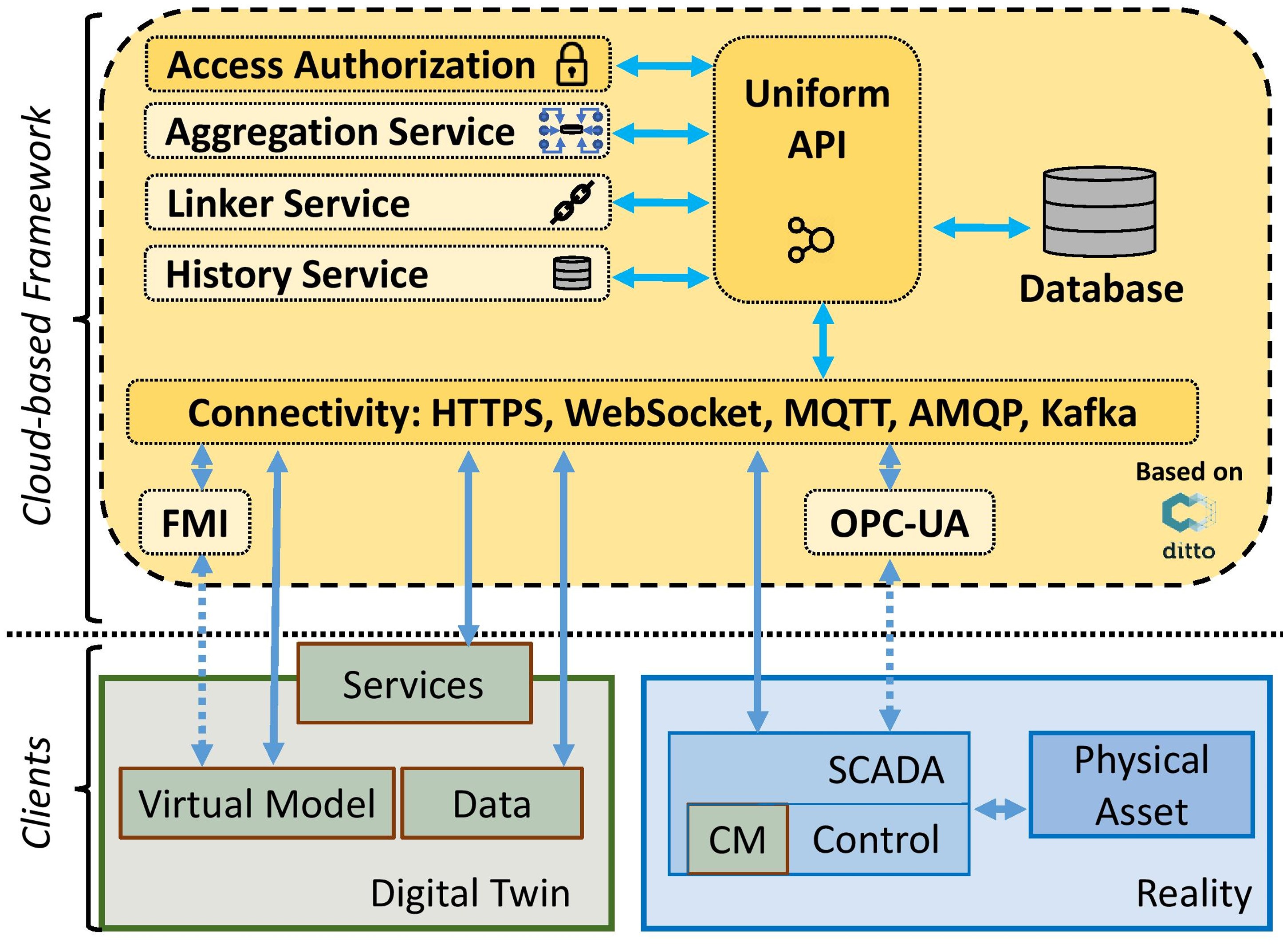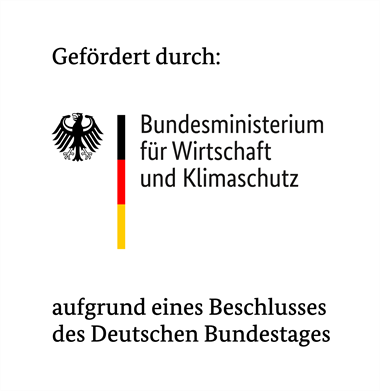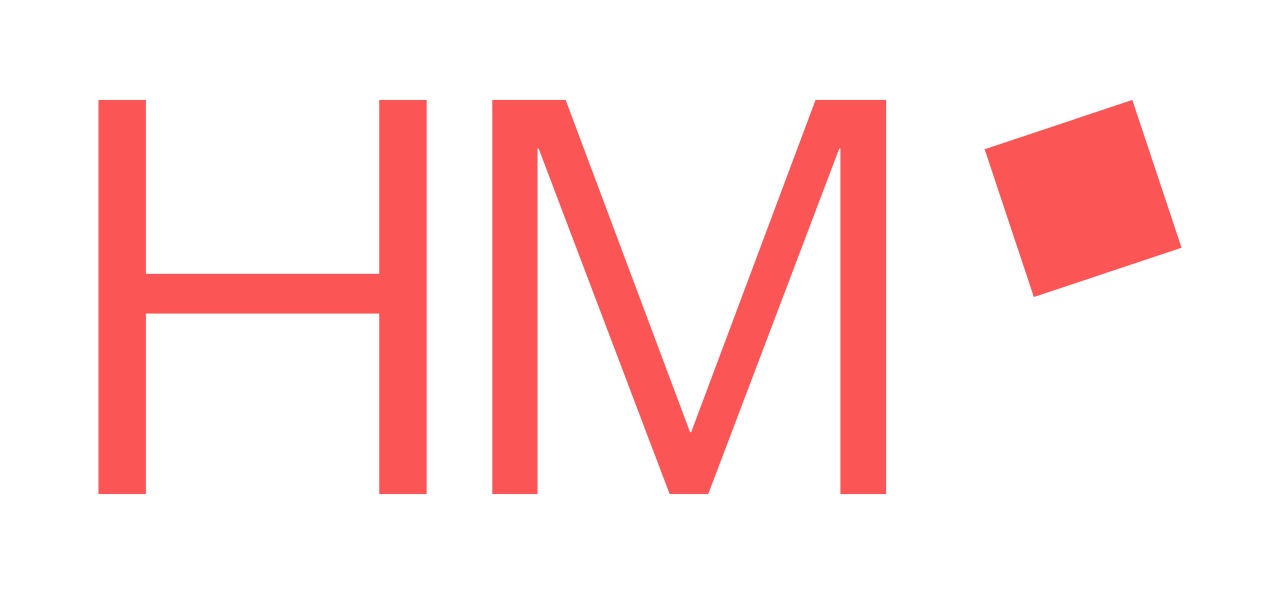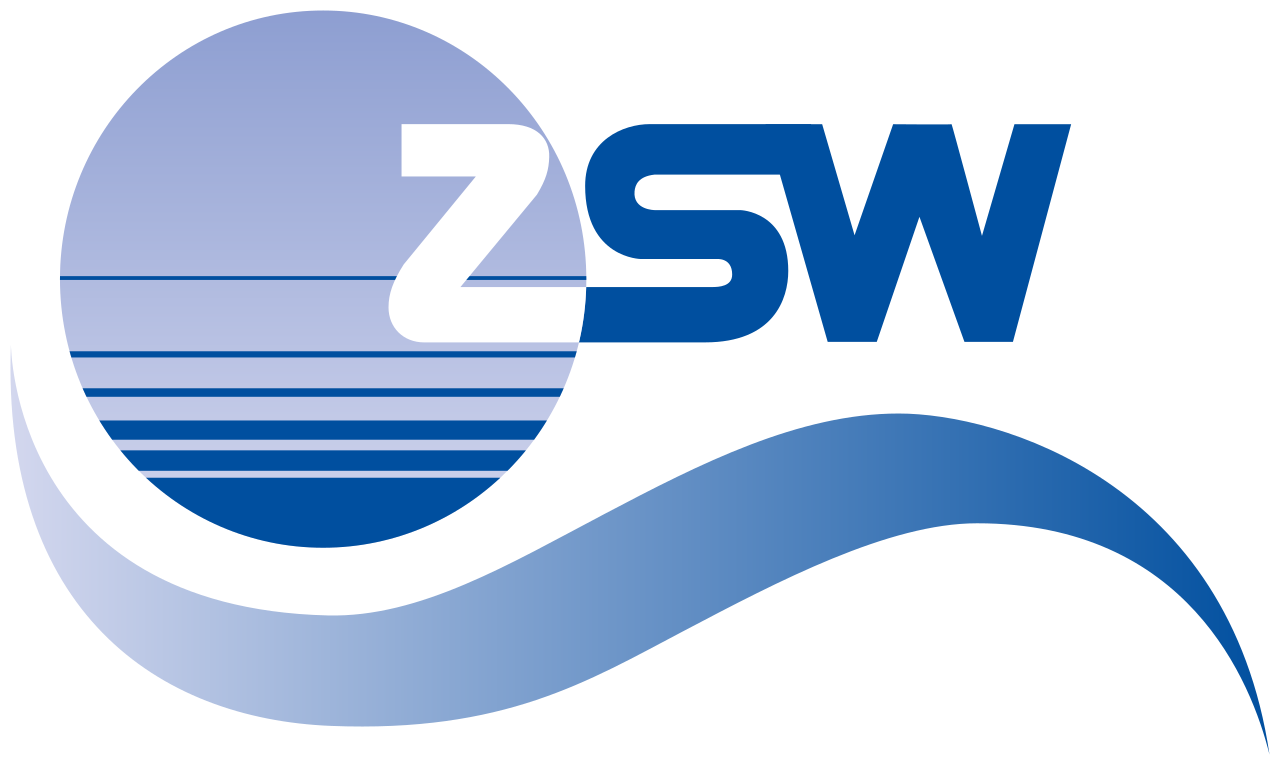Unveiling Innovative Energy Solutions by Digital Twin Technology |
|
|
The MesH Engineering Team is pleased to extend an invitation to you for our Forum at Husum Wind 2023, where we will be showcasing the revolutionary “Renewable Energy communication network (MesH REcon)” that seamlessly integrates energy generation and storage systems such as PV panels, wind turbines, and batteries, while also incorporating dynamic digital twins of these systems, across multiple operational hierarchical levels. This innovation is poised to reshape the energy sector and beyond.
Date: September 15th, 2023, 11:00 – 11:50 am Location: Husum Wind Fair, Forum Hall 2
During the trade fair forum, we will:
We firmly believe that e-TWINS technology has the potential to make a meaningful contribution to advancing the industry by enhancing the efficiency, sustainability, and flexibility of energy generation systems.
We are excited to welcome you to the trade fair forum and explore the innovative potentials of the e-TWINS iniative together. |
Moderation: Dr. Birger Luhmann MesH Engineering GmbH
Speakers: Anton Kaifel Zentrum für Sonnenenergie- und Wasserstoff-Forschung (ZSW)
Jonas Petzschmann Zentrum für Sonnenenergie- und Wasserstoff-Forschung (ZSW)
Abhinav Anand Technical University of Munich
Andre Thommessen University of Applied Sciences Munich
Stefan Hauptmann MesH Engineering GmbH
|
Scenario: Windfarm Control
Goal: Optimizing wind farm operation
- Maximizing the overall power output
- Managing the lifetime considering the structural loading of all wind turbines
- Providing ancillary services for the electricity grid
Problem: Little information on the wind conditions inside the wind farm
Our approach: Digital twin technology for enabling wind farm control
Tested Technology
Scenario: Economic Dispatch
Goal: Economic dispatch and operation of renewable generation/storage plants
- Higher revenue due to increased market participation
- Guaranteed revenue due to more accurate forecasts
- Reduced penalties/grid service requirements due to feasible power plant generation set-points
Problem: Poor forecasting, reduced utilization of market
Our approach: Economic dispatch optimization
Role of digital twin technology
- Obtain probabilistic generation forecast
- Stochastic optimization for generating dispatch set-points
- Run dispatch models for flexibilities
- Revision of market bids
- Optimal power plant operation
Scenario: Grid Inertia
Goal: Inertia emulation and grid-forming capability
Problem: Decreasing power system inertia and grid-forming capability
Our approach: Digital twins for inertia monitoring and forecasting
Tested Technology
Scenario: Virtual Sensor
Goal: Online estimation of loads without measuring it
Problem: Sensors cannot be feasibly installed in the required positions
Our approach: Data-driven algorithm based on profound knowledge of the underlying physical model
Tested Technology
Renewable Energy communication network
Goal: Developing the Renewable Energy communication network (MesH REcon)
Background: Digital Twin Systems
Problem: The interconnected nature of complex power systems
Our approach: MesH REcon software framework
Tested Technology
Welcome to the MesH Renewable Energy communication network!
MesH REcon is our premier platform designed to drive digital transformation within the sustainable energy sector. Engineered specifically for the seamless deployment of digital twins, it serves as the nexus where virtual and physical energy elements converge,raising unparalleled connectivity and synergy. This reflects our resolute commitment to pioneering innovation and sustainability in renewable energy.
In plant operation and monitoring, digital twins revolutionize efficiency by accurately representing flow fields within wind parks and predicting local load and stress situations at turbine components.
For Economic Dispatching, we use the power of digital twins to forecast renewable energy output and optimize generation strategies in real-time, ensuring the most economically efficient approach.
As the energy landscape evolves with the rise of inverter-based resources, ensuring grid stability becomes vital. Digital twins play a key role by enabling renewable energy sources to efficiently respond to demands, thereby optimizing their economic performance and boosting grid stability, even within frequency disturbances.
Digital twins empower renewable energy sources to efficiently respond to demands from Redispatch 2.0, optimizing their economic performance.
Through these applications and more, the MesH Renewable Energy communication network and digital twins pave the way for a future where sustainability and technological advancement harmoniously coexist, driving positive change in the renewable energy landscape.
For more information, please use our interactive chart.


